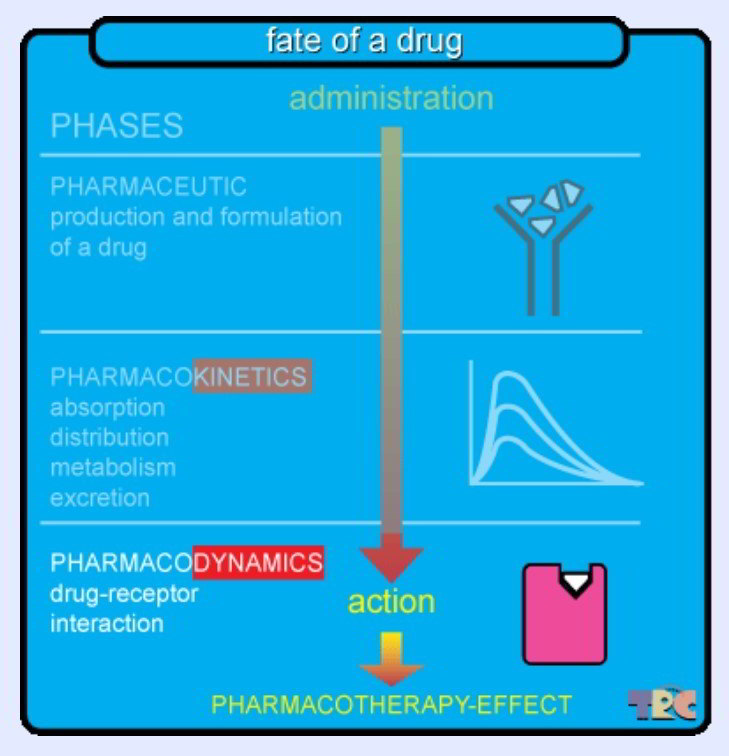What cannabis does to your body: pharmacodynamics
Pharmacodynamics can occur through and is influenced by interactions with transporters, by binding to receptors and ion channels, and in many more ways.1 Pharmacodynamic interactions lead to a variety of pharmacological effects of cannabis compounds on the body. Of all compounds and their interactions, THC and its binding to the so-called CB1 receptor is the most well studied and well understood one. The effects are typically achieved for therapeutic reasons (e.g. pain relief), but sometimes undesirable side effects occur (e.g. drowsiness). Also, some effects can be considered desirable by some users, such as ‘feeling high’ in recreational purposes, whereas patients usually consider them undesirable, since they don’t want to feel any effect from the drug other than a symptom relief. In this section, we are discussing the mechanisms of action of how cannabis compounds work, focused on the well-studied compound THC. Also, you will get familiarized with some of the elements of the endocannabinoid system. Illustration: Pharmacodynamics describes what the drug does to the body. It is a detailed study of how drugs act and tries to answer the question whether a drug provides a meaningful pharmacological action. Quantitative methods and mathematical analyses are often used in pharmacodynamic studies to compare the effects of drugs. The results of such studies are often presented in the form of a graph as a concentration-response curve. The introduction of the concept “receptor” at the end of the nineteenth century was of great importance in pharmacodynamics. Drugs do not have an effect unless they bind to a receptor. However, this is not true for all drug actions.
Illustration caption and image taken with permission from TRC Pharmacology Database.
References:_logo.svg)